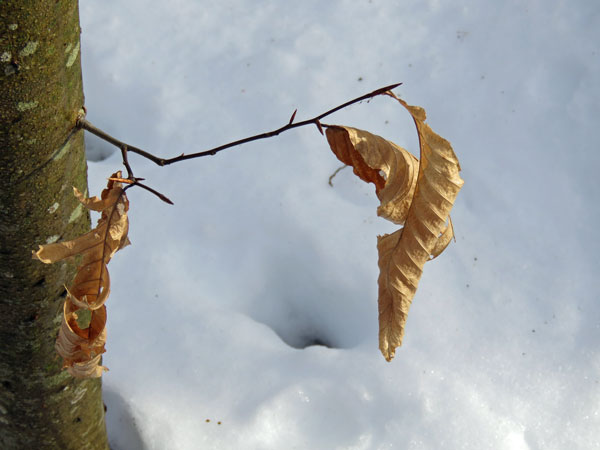
We had a lovely winding stroll through what’s becoming my favorite woods on Tuesday. It felt like a visit to an early spring outdoor art gallery. The weather was perfect and we encountered quite a few people along the way enjoying the sunshine.

Even though there were many birds chirping and flitting about I was only able to capture one of them with my camera!


And solitary places; where we taste
The pleasure of believing what we see
Is boundless, as we wish our souls to be.
~ Percy Bysshe Shelley
(The Poetical Works of Percy Bysshe Shelley: In Three Volumes)

Wednesday we went to have our income taxes done. It was the last thing we did last year before we went into self-quarantine. We double-masked up, not knowing what to expect, and our masked preparer waved us a greeting and unlocked the door. It was good to know they weren’t letting people wander in without appointments. Someone in the office had tested positive recently so most of the preparers were at home in quarantine but ours had been fully vaccinated so she was working in the office. Glad to see there was plexiglass and hand sanitizer everywhere…

So it’s been a year. We have both had our first vaccination shots. Tim gets his second Moderna on the 17th and I will get my second Pfizer on the 26th. Looks like our self-quarantine will officially end on April 9. Plans for the little ones (and their parents!) to come for a visit are in the works, most likely in May. It’s all I can think about!

Unlike animals, trees cannot heal a wound by repairing or replacing injured tissues. Instead they wall them off, compartmentalizing them by means of chemical and physical barriers, and subsequently form healthy new growth around them. A succession of organisms, from bacteria and fungi to slugs, insects, and other small animals, moves in to utilize the nutrients and spaces opened up by a tree wound. These organisms in turn provide an important food source for many birds and other animals who live in surrounding uplands as well as in the swamp.
~ David M. Carroll
(Swampwalker’s Journal: A Wetlands Year)

We will still wear our masks and practice social distancing in public, but I think we will go more places and are even looking forward to eating at our favorite restaurant again, starting outdoors until we feel comfortable going inside…

But, fair warning, these are the latest statistics: New London County now has 19,624 confirmed cases of COVID-19. Of those, 10 people are currently in the hospital and 417 have lost their lives. That’s 2,871 new cases since January 30 when I last reported. Will a day ever come when there are no new cases reported?

Connecticut’s positive test rate is now 3.07%. 25% of Connecticut residents have had their first dose of vaccine. Connecticut has had 7,752 deaths since the pandemic began. We are still averaging 7 deaths a day in the state. These are people and families are still being devastated by the loss of the their loved ones. Each and every one of these people represented by the numbers was the most important person in the world so someone. We still have to be very careful and not let our guard down.

My hope is, when we come out of self-quarantine, that we will continue with our nature walks and not get too swept up in the demands of a return to “normal” life.


It is easy to overlook this thought that life just is. As humans we are inclined to feel that life must have a point. We have plans and aspirations and desires. We want to take constant advantage of all the intoxicating existence we’ve been endowed with. But what’s life to a lichen? Yet its impulse to exist, to be, is every bit as strong as ours — arguably even stronger. If I were told that I had to spend decades being a furry growth on a rock in the woods, I believe I would lose the will to go on. Lichens don’t. Like virtually all living things, they will suffer any hardship, endure any insult, for a moment’s additional existence. Life, in short, just wants to be. But — and here’s an interesting point — for the most part it doesn’t want to be much.
~ Bill Bryson
(A Short History of Nearly Everything)



































































































































































